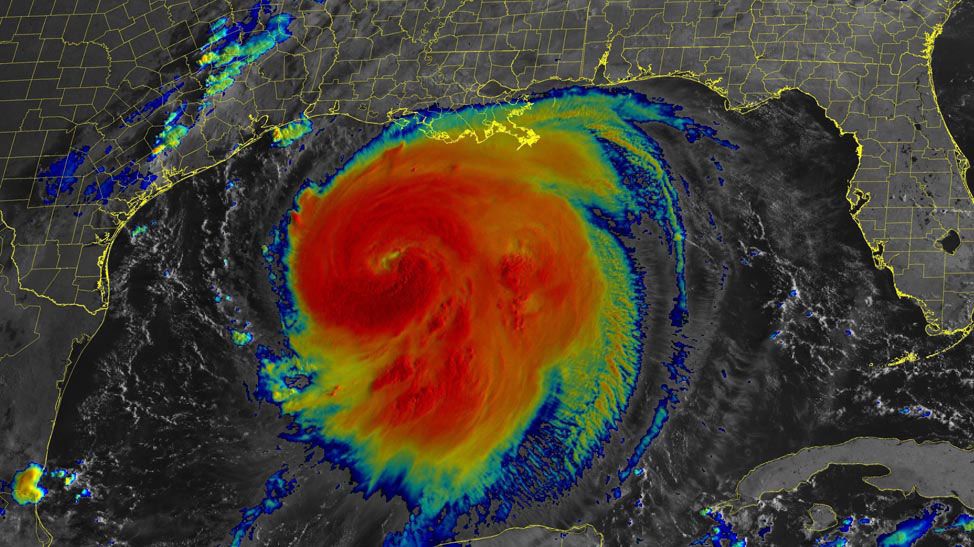The 2020 Atlantic hurricane season is the most active on record for the basin.
With only days remaining in the 'season', we've seen a total of 31 cyclones, 30 named storms, 13 hurricanes, and 6 major hurricanes. This includes Iota, the first Category 5 hurricane ever recorded in November.
Hurricane researchers in Japan have modeled both historic and hypothetical storms to uncover the key factors driving intensity. Their data reveals a significant impact from a warmer climate.
The researchers showed that hurricanes developing over warmer oceans carry more moisture and therefore stay stronger for longer after landfall. Their conclusion, if the world continues to warm, hurricanes are more likely to reach farther inland and be more destructive.
Many studies have shown that climate change can intensify hurricanes over the open ocean. This is the first study, however, to establish a clear link between a warming climate and hurricane intensity after landfall.
The scientists analyzed landfalling hurricanes over the past 50 years. They found that on the first day after landfall, hurricanes weakened almost twice as slowly now than they did 50 years ago.
The increased level of stored moisture due to a warmer climate also makes hurricanes "wetter". More recent hurricanes have unleashed devastatingly high volumes of rainfall on coastal and inland communities.
This research will help forecasters improve their forecasts of hurricane intensity and duration after landfall -- vital factors in the protection of life and property.
See more from the study from the Okinawa Institute of Science and Technology Graduate University. Original article from Nature.
